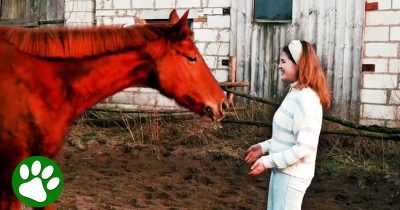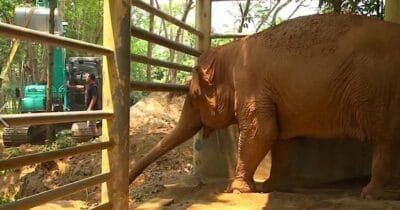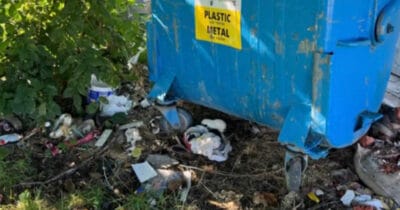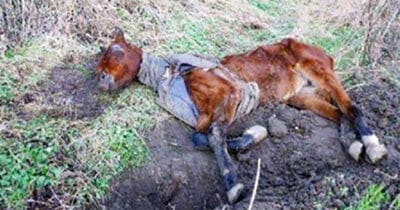
It’s always great news when a critically endangered animal gives birth to a newborn. Every new arrival is an inspiring sign of hope for an at-risk species that they will survive for generations to come.
Now, one zoo is celebrating the birth of two critically endangered Amur leopards.

The cubs, both female, were born on April 21 at the St. Louis Zoo. The zoo described their births as a “significant contribution to the population of Amur leopards,” which are one of the most endangered cats in the world.
The cubs are named Anya and Irina, which mean “grace” and “peace.” Their mother is named Dorothy and their father is Samson, both four years old. The mates were paired under a recommendation by the Association of Zoos and Aquariums Amur Leopard Species Survival Plan, and arrived from different zoos in 2020 and 2021.
The zoo reports that both the mother and cubs are doing well, and are spending some private time in an indoor maternity den where they will remain for the next few months, until they can be safely released into the outdoor habitat in the zoo’s Big Cat Country.
“The first few months of life are critical for newborn leopards,” the zoo wrote in a press release. “The animal care team is closely monitoring the family and it appears that both cubs are healthy.”
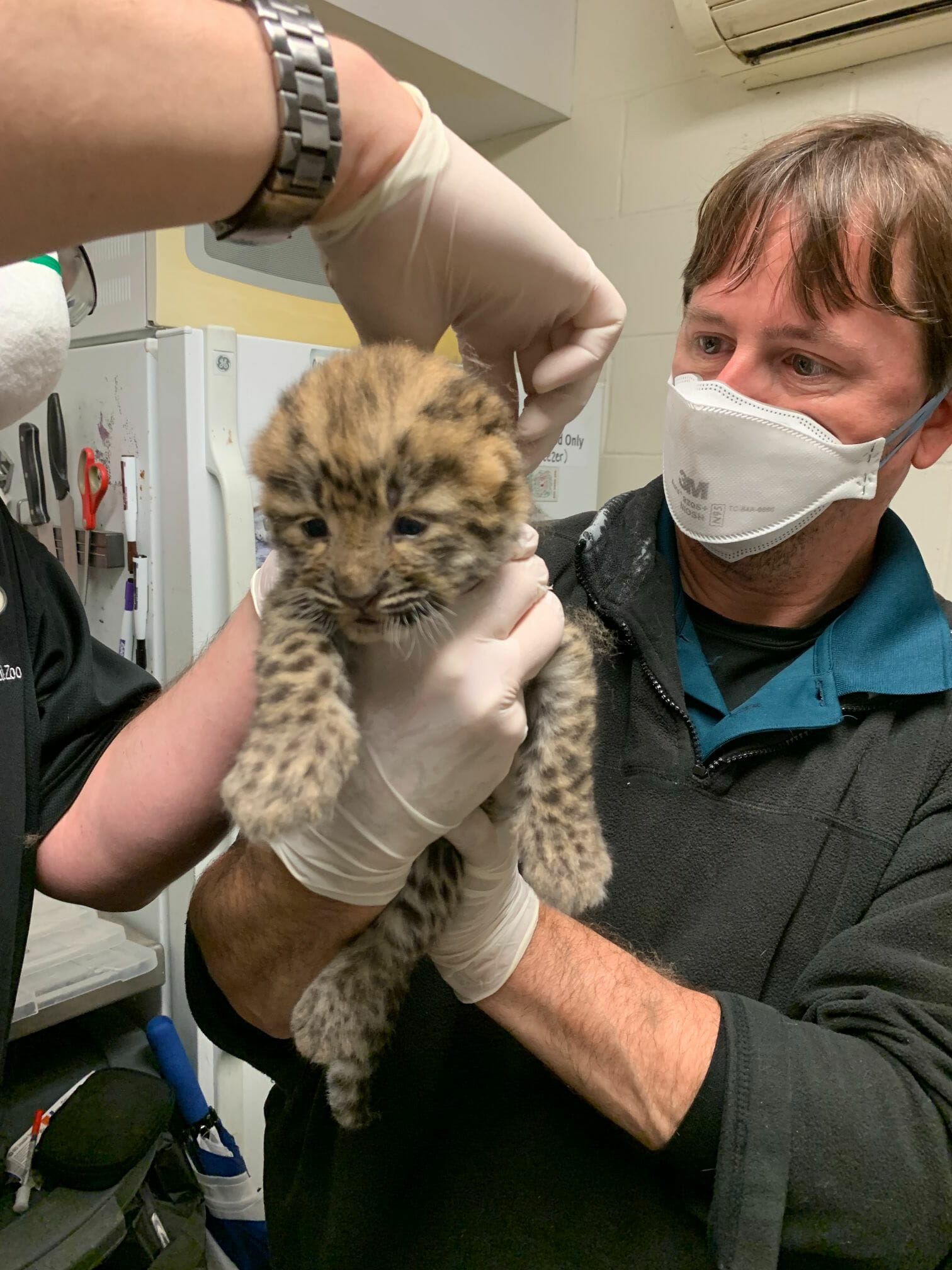
Both cubs weighed about 2.5 pounds at birth, but will weigh between 60 and 125 pounds when fully grown.
Four other leopard cubs have been born at the Saint Louis Zoo since 1991, but this marks their first arrival since 2010. Amur leopards have a gestation period of 100 days, and in the wild stay with their mother for a year and a half.

The Amur leopard is a critically endangered species. According to WWF, they are likely the rarest cat in the world, with only 120 adults in the wild. They have been threatened by illegal poaching, climate change, habitat loss and deforestation.
“There are more Amur leopards in human care than exist in the wild,” said Steve Bircher, Curator of Carnivores at the St. Louis Zoo. “In all, the population of Amur leopards in zoos all around the world numbers just about 300 individuals.”
“Without the conservation effort of zoos, this species could go extinct, due to loss of genetic diversity and other threats to its survival in the wild, including habitat loss due to logging activities, human encroachment and poaching.”

Thankfully, there are now two more in the world, and seeing them thrive is an inspiring sign of hope for this very vulnerable species.
“Dot is an excellent mother. It’s exciting to see this first-time mom providing great care to her cubs,” Bircher said. “There are so few of these rare big cats left in the world and each birth is extremely important for the survival of the species.”

We’re so glad these critically endangered Amur leopards were born and are doing so well! Welcome to the world!
Share this amazing news!




